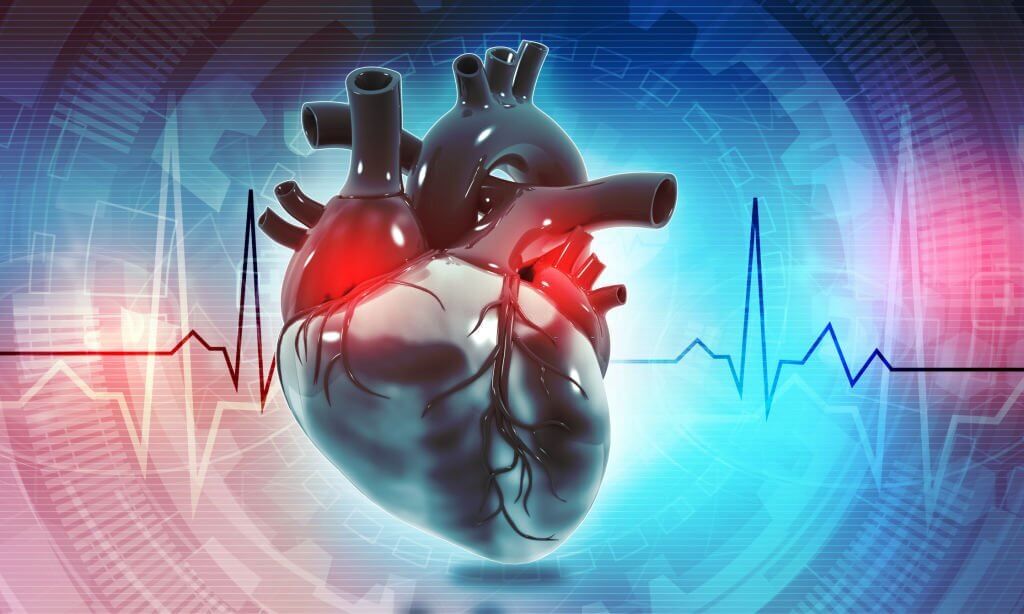As the name suggests, aortic valve replacement, replaces a malfunctioning aortic valve with a functioning aortic valve. Aorta is the blood vessel through which the oxygenated blood from the heart is distributed throughout the body. The aortic valve is the valve that controls the flow of blood from the heart and the aorta. Therefore, if there the aortic valve doesn’t function properly, it would lead to altered blood flow to the body.
Do you know two problems that can occur in your aortic valve? One is that the aortic valve can get narrowed and hardened (stenosis) or it can leak (regurgitation). The most common problem in the elderly is called age-related calcific degeneration, where the gradual buildup of calcium causes the valve to narrow. Shortness of breath, Chest pain, and lightheadedness can be present in aortic valve disease.
What materials can be used as a replacement for the aortic valve?
There should be compatible materials to replace the aortic valve with a functioning valve. Two main types of artificial valves can be used in the procedure: Biological valves from a human donor or cow tissue or Mechanical valves mainly made from carbon fibers. Mechanical valves are very durable and rarely fail. However, they require lifelong blood thinners (anticoagulation) such as warfarin, which increase the risk of bleeding and need regular monitoring. On the other hand, biological valves do not require blood thinners but do not last as long as mechanical valves. The average time a biological valve lasts is around 15-20 years, so the patient may require another operation after this.
How is aortic valve replacement done?
Aortic valve replacement surgery is done in the operating theatre using either of the materials. In the operating theatre, you will be given general anesthesia by the anesthesiologist. Therefore, for the entire procedure, you will be safely put under sleep so that you won’t feel any pain during the procedure. After being anesthetized the surgeon would put an incision through the sternum (breastbone) opening the thoracic cavity. The pericardium which covers the heart is removed. Then the heart is connected to a heart-lung machine which is used to temporarily take over the functions of the heart so that the heart can be stopped. Then the aorta is cut open after the heart is opened. The faulty aorta is removed and replaced with a new one. Then the heart is restarted to check if the valve is working properly. If the replaced valve is functioning, your breastbone is joined up with wires, and the wound on your chest is closed using dissolvable stitches.
What are the complications related to the surgery?
Any major surgeries have complications. With age and poor health, the risk of these complications increases. Excessive bleeding during the surgery, infection in the valves, blood clot formation in the valves, and valve may wear out after a long time. You would be prescribed anticoagulants and antibiotics after the surgery to prevent clotting or any infection. In our hospital with the presence of sophisticated equipment and well-trained staff, the risk associated with the surgery is far less. From the preparation of the surgery to the recovery,we always aspire to provide the best care so that you would be able to lead a normal life





